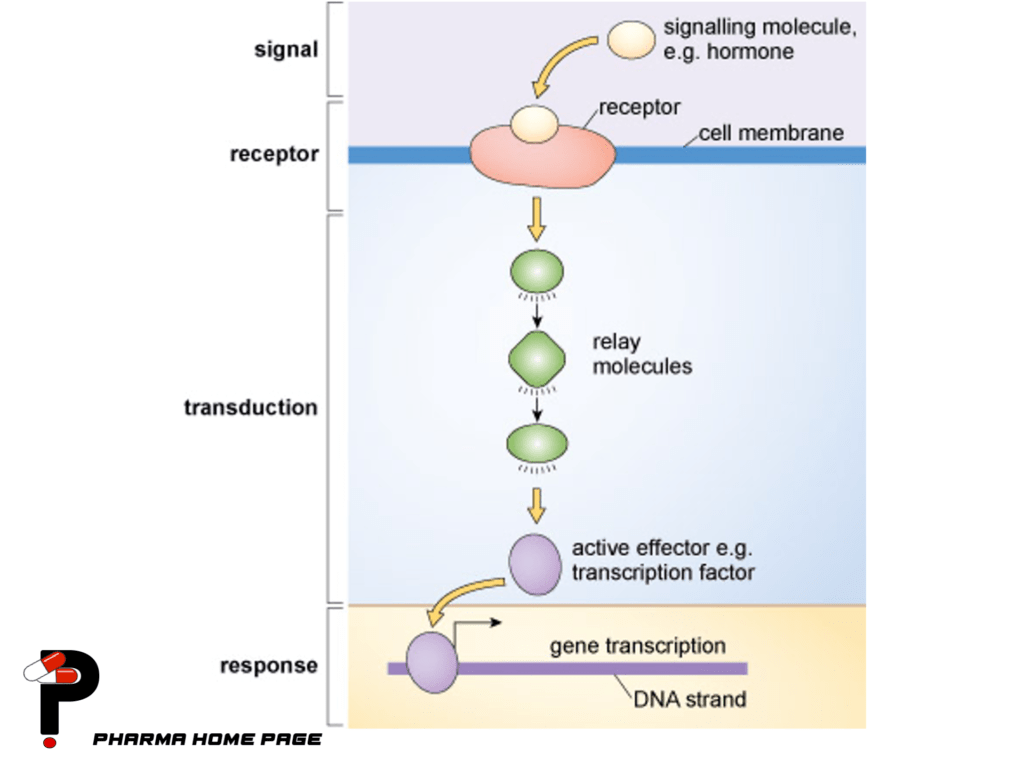Cell communication refers to the process by which cells communicate with each other to coordinate their activities and maintain homeostasis. There are four general principles of cell communication:
- Signaling molecules: Cells use signaling molecules, such as hormones, neurotransmitters, and cytokines, to communicate with each other. These signaling molecules are secreted by one cell and detected by another cell, which then responds to the signal.
- Receptors: Cells have receptors that are specific to particular signaling molecules. When a signaling molecule binds to its receptor on the surface of a cell, it triggers a signaling cascade inside the cell.
- Signaling pathways: Signaling pathways are complex networks of proteins and molecules that transmit signals from the cell surface to the nucleus. These pathways are often regulated by feedback mechanisms that ensure that the signal is transmitted correctly and at the appropriate time.
- Cellular response: The ultimate outcome of cell communication is a cellular response, such as gene expression, protein synthesis, or changes in cell behavior. The response is determined by the type of signaling molecule, the receptor, and the signaling pathway that is activated.

Cell communication plays a critical role in many physiological processes, including development, growth, metabolism, and immune response. Disruptions in cell communication can lead to a variety of diseases and disorders, including cancer, autoimmune diseases, and neurological disorders. The study of cell communication is an important area of research in cell biology and has led to the development of new drugs and therapies for the treatment of many diseases.
